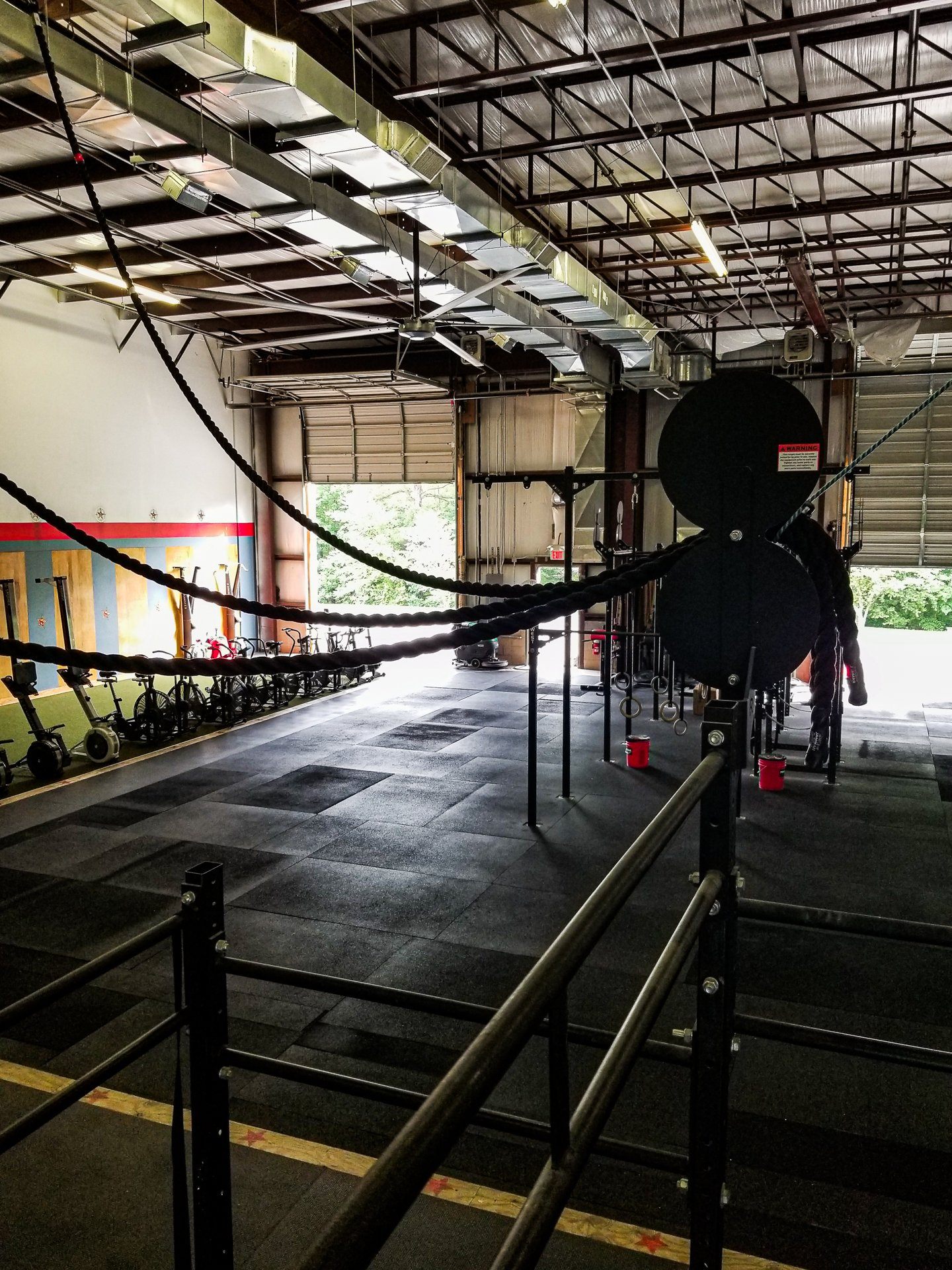Related Articles: HVLS Outdoor Industrial Fan
 The Difference Between a High-Volume Low-Speed Fan and Residential Fan
The Difference Between a High-Volume Low-Speed Fan and Residential Fan
Learn about the two types of ceiling fans before choosing one for your home or business.
 Industrial HVLS Ceiling Fan Size Guide: How to Choose the Right Size HVLS Fan for Your Space
Industrial HVLS Ceiling Fan Size Guide: How to Choose the Right Size HVLS Fan for Your Space
Explore your choices to ensure to get the right HVLS fan for your industrial space.
 What Are the Best Fans for Gyms (and Other Fitness Facilities)?
What Are the Best Fans for Gyms (and Other Fitness Facilities)?
Discover how to maintain a comfortable airflow in gyms and other recreational facilities.

 100% Secure Payments
100% Secure Payments






